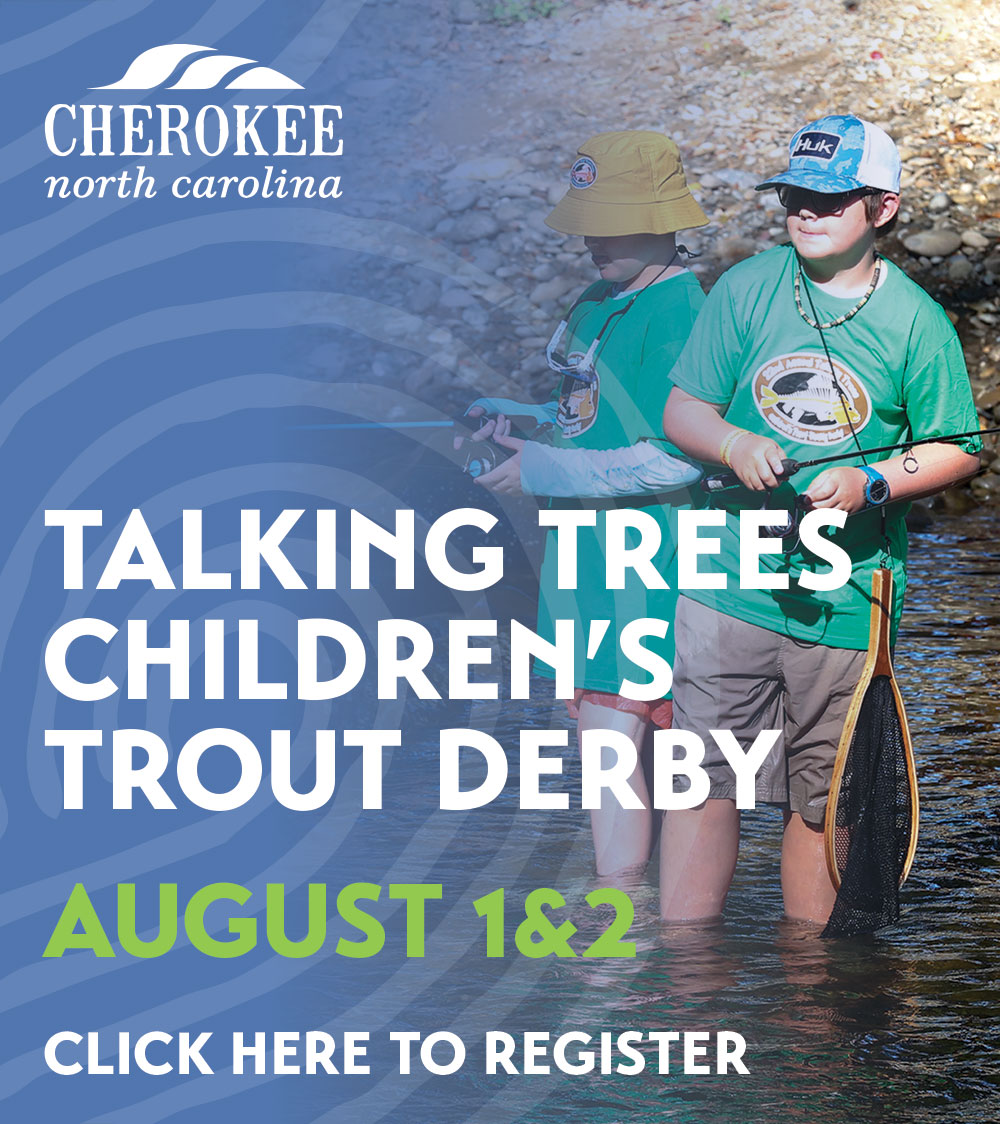NATIONAL PARK NEWS
Submitted by Bob Miller
National Park Service
Managers at Great Smoky Mountains National Park announced plans to close the 11-mile Cades Cove Loop Road to all vehicular traffic on Tuesday, Dec. 1, and to impose a partial closure on Wednesday, December 2nd. During that time, Park forestry technicians will treat hemlock woolly adelgid-infested hemlock trees with a horticultural oil sprayed from large truck-mounted units. In the event of heavy rain or freezing weather, the operation will be rescheduled. To check the status of the road closure, visitors can call the Park’s general information number at 865/436-1200.
During the full closure on December 1st, only hikers will be allowed to travel the Loop Road. Bicyclists will not be allowed to enter the Loop Road for safety reasons since there will be equipment on the road making it unsafe for bicycling. Park personnel will be working at the entrance and exit areas of the road near Sparks Lane.
The spraying operation on Wednesday, Dec. 2, will only impact the western end of the Loop Road. Motorists and cyclists will be able to enter theLoop as they normally would, but will have to detour across the Loop via Hyatt Lane (the second gravel crossroad) to exit Cades Cove. Hikers can continue through the closed portion. The detour will shorten the length of the trip to an 8-mile tour of Cades Cove. The Hyatt Lane bypass will eliminate access to the Cades Cove Visitor Center and Cable Mill area as well as the several trailheads located on the western end of Cades Cove: Abrams Falls, Cooper Road, Rabbit Creek, and Wet Bottom Trails, and Gregory Ridge trailhead.
As part of the Park’s control efforts of the hemlock woolly adelgid, actions include spraying hemlock trees with a horticultural oil in high-use developed areas that are easily accessible by vehicles allowing for a high pressure spray soap or oil application. Jesse Webster, Hemlock Woolly Adelgid Project Coordinator, said that “Spraying is one of three treatment methods that we employ throughout the Park. The hemlock trees that have been treated along the Loop Road over the past several years appear to be strong and healthy. Beyond the reach of the roadside spraying equipment, there is a noticeable decline of hemlock trees showing signs of branch mortality, twig dieback, and foliage discoloration.”
The three methods that are being used to reduce the impacts of the nonnative insect, discovered in the Park 2002, include no residual, low toxicity foliar insecticides, systemic insecticides and biocontrol insects.





